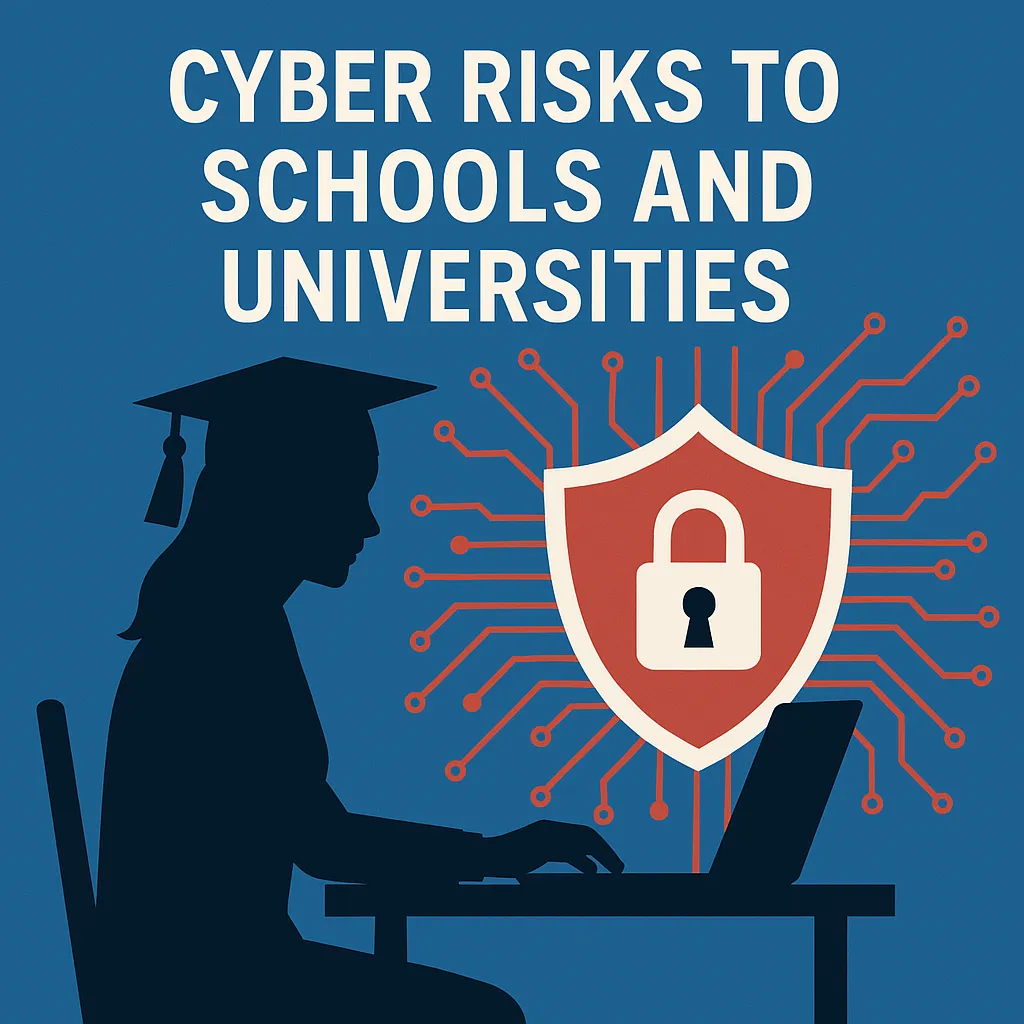In recent years, the global education sector has become a prime target for cybercriminals. With over 2,500 weekly cyberattacks reported, educational institutions from elementary schools to universities are at increased risk of data breaches and operational disruptions. This post delves into the reasons behind the vulnerability of the education sector to cyber threats, examples of recent attacks, and essential strategies to fortify cybersecurity measures.
Why Are Educational Institutions Vulnerable?
Several factors contribute to the heightened risk in schools and universities:
- Large Amounts of Sensitive Data: Schools hold vast amounts of sensitive data on students and staff, including personal information, that are attractive targets to cybercriminals.
- Inadequate Security Measures: Many educational institutions lack robust cybersecurity protocols, partly due to budget constraints and limited IT staff.
- Highly Networked Environments: The extensive use of digital tools and networked systems in schools increases their exposure to potential cyber threats.
Recent Cyberattacks in the Education Sector
The past few years have seen a spike in cyberattacks targeting schools. For instance, the U.S. witnessed at least 325 ransomware attacks on school districts between 2016 and 2022, a clear indicator of the growing threat (source).
Understanding Cybersecurity Measures
Key cybersecurity measures include:
- Firewalls and Encryption: Tools that protect data integrity and prevent unauthorized access.
- Regular Software Updates: Ensuring that all systems and software are up-to-date to guard against known vulnerabilities.
- User Education and Awareness: Training staff and students on the importance of cybersecurity and safe internet practices.
Strategies for Enhancing Cybersecurity in Schools
Improving cybersecurity in educational institutions requires a collaborative approach:
- Assessment and Planning: Conducting regular cybersecurity assessments to identify vulnerabilities and developing a comprehensive security plan.
- Investing in Security Infrastructure: Allocating resources for advanced cybersecurity tools and skilled personnel.
- Collaboration with Government Agencies: Partnering with agencies like the Department of Education and the Cybersecurity and Infrastructure Security Agency can provide additional resources and expertise (source).
Conclusion
As the risk of cyberattacks in the education sector continues to grow, it is imperative for institutions to strengthen their cybersecurity defenses. By understanding the threats, increasing awareness, and investing in robust security measures, schools can better protect themselves from the significant consequences of cyber incidents.

